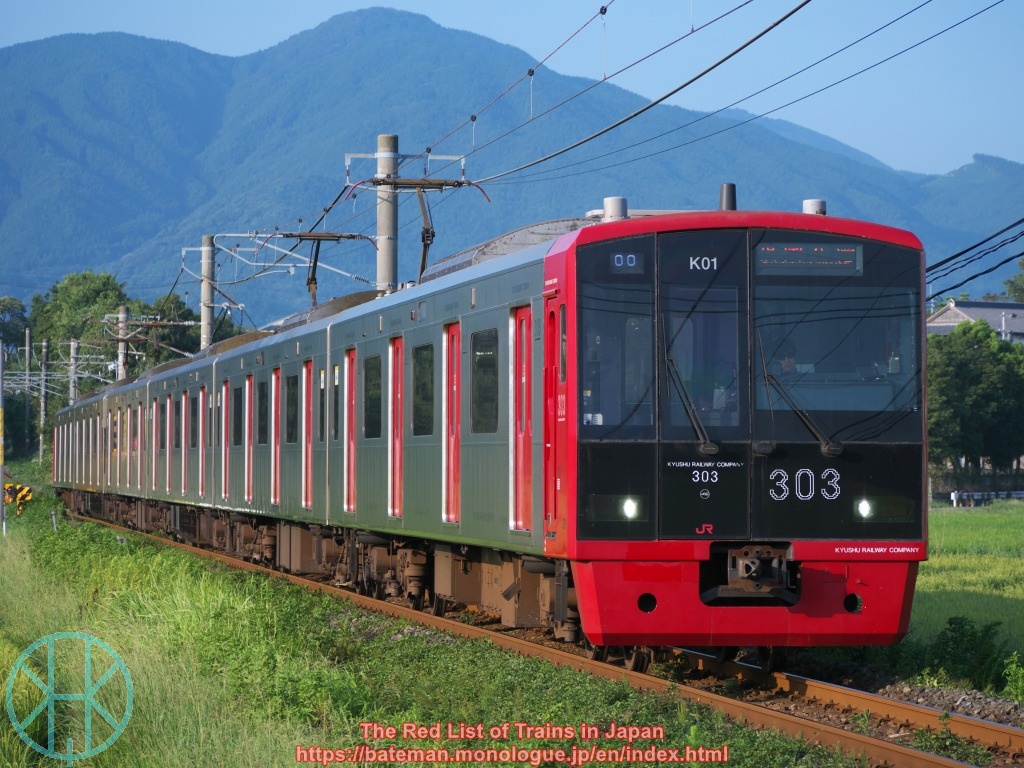Seven JR companies have published details about the timetable revision that takes place on Saturday 15 March 2025. Compared to the previous year, there are not so many changes. However, two out of five intercity trains that were labelled "Limited Express that could be discontinued" end a day before the revision. This article describes what will change within three months.
JR Hokkaido
Limited Express Taisetsu, a long-distance intercity service between Asahikawa and Abashiri, will be downgraded to Special Rapid with the same name. To attract more passengers, the company decided to make the service more affordable by rearranging the service to Special Rapid, which does not require a limited express ticket. The journey time will mostly be unchanged.
Some other limited express services will call at fewer stations than they do at present, resulting in a significant reduction of journey time. For example, Limited Express Ozora 7 from Sapporo to Kushiro will take 3 hours 54 minutes, 31 minutes shorter than the current timetable.
Five stations on rural lines will be permanently closed, namely Higashi-Nemuro and Higashi-Takikawa stations on Nemuro Main Line as well as Bakkai, Minami-Horonobe and Onoppunai stations on Soya Main Line. After the Higashi-Nemuro closure, Nemuro will be the easternmost railway station in Japan.
JR East
More E8 series bullet trains will be introduced to Yamagata Shinkansen, and E3 series will be withdrawn by March 2026. When the replacement completes, the journey time between Tokyo and Yamagata is expected to be reduced further as the E8 series can run faster than the E3 series.
All Chuo Line (Rapid) commuter trains including those run as far as Ome will be formed of 12 coaches. Green Car (first class coaches) are currently free of charge, but a special fare will be applied from 15 March. JR East considers that the new Green Cars will provide more opportunities for exhausted commuters to have a seat. Limited Express Hachioji and Ome that run during rush hours will be discontinued as the new Green Cars will suffice.
Keiyo and Tokaido Line services will be reduced due to a slight decline in demand, while more services will be available on Musashino, Nambu and Yamanote Lines as well as Nikko Line due to an increase in demand. Driver-only operation will be implemented on certain lines including Nambu Line and Joban (Local) Line.
JR Central
No major change is planned. However, it is worth noting that approximately one in two restrooms on Tokaido Shinkansen trains will be for women, up from one in four. The change will take place from this month and complete by mid-March.
While the official announcement does not refer to, 211 series, a type of suburban train now runs only in Shizuoka, is likely to retire by March 2025.
JR West
As Expo 2025 will be held in Osaka, there will be extra services for those visiting the site during the World Expo, not only commuter rails such as Osaka Loop Line but also high-speed rails.
"Ure seat" service, a seat reservation scheme that has already been adopted in Kansai region, will be expanded to Fukuchiyama (Takarazuka) and San'in Main (Sagano) Lines as well as Tokaido Main Line (Kyoto and Biwako Lines) between Osaka and Yasu.
Limited Express Mahoroba that runs between Shin-Osaka or Osaka and Nara during high seasons will run daily. According to another document by JR West, there will be decorated train units specifically for the service.
JR Shikoku
Compared to other companies, JR Shikoku has made more disappointing decisions as the ridership continues to decline while local residents and businesspeople prefer road transport. Limited Express Muroto between Tokushima and Mugi, which has been wondered by many railway enthusiasts for years why it still runs, will be discontinued at last.
In addition, Limited Express Shimanto (Takamatsu – Kochi), Tsurugisan (Tokushima - Awa-Ikeda) as well as Uzushio (Takamatsu - Tokushima) will be reduced. All Uzushio services will start from or terminate at Takamatsu, and none of them will run as far as Okayama.
There is also good news. Train services on rural lines will be evened out further, making them easier to understand. It suggests that JR Shikoku has been improving regional trains to make them convenient for students and elderly people, rather than competing with motorways by concentrating on intercity trains.
JR Kyushu
As train congestion has been getting worse as the ridership recovers after the COVID-19 pandemic, JR Kyushu has been trying their best to ease it while not introducing new trains. This is mostly achieved by removing seats on trains, which leads to passenger dissatisfaction with the regional train services, but JR Kyushu rules out the introduction of new trains anytime soon.
In other news, a new station on Nippo Main Line will open near Sengan-en, a large Japanese garden in Kagoshima city and a part of the UNESCO World Heritage Site. It has been notorious for being far from Kagoshima station. The new station will be less than five minutes on foot from the main gate of the garden.
JR Freight
JR Freight has been improving its services as rail transport is greener. The shortage of lorry drivers also leads to an increase in demand. Hence, the company has decided to provide more trains that are faster than today. For example, a train from Sapporo to Hiroshima will take 31 hours 11 minutes, 9 hours 12 minutes shorter than the current timetable. While most people are not familiar with freight trains, the timetable revision hopefully results in a positive economic consequences.
For detail, check official press release pages as listed below.


















































